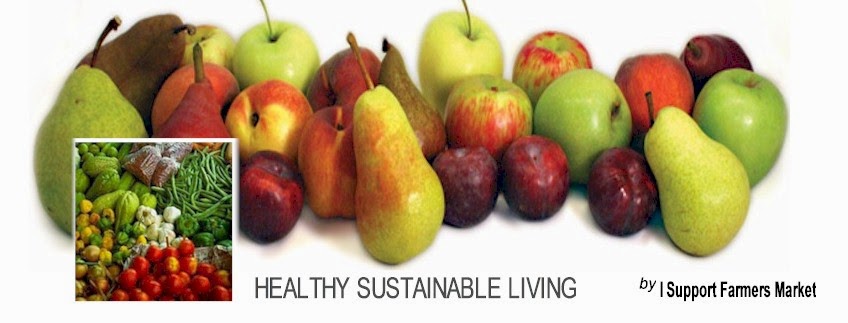 |
| Photo by Craig Rippens Marin Farmers Market |
1) Beans and Peas Beans and Peas fix nitrogen in to the soil and it is one of mother natures best magic tricks how they pull fertilizer right out of the air. No work. Beans take about 50-60 days to grow and both beans or peas need trellis support. Beans and shelled peas store really well... and can be used as people food or cracked as chicken food.
Plant in the early sping and all through the summer for an extended crop. The nitrogen part happens automatically AND you can plow the old stalks (and there will be a lot!) under, toss in your compost pile for additional green manure or feed to your chickens.
 2) Grow Mustard It is easy to grow and making mustard from the yellow or brown mustard seed heads is easy. Younger Mustard Greens can be eaten and are a favorite for many. Mustard grows very quickly and when it is plowed in or used as a cover crop mustard can protect against some root rot diseases, reduces nematodes and acts as a fungicide through the glucosinolates in it. Planting Mustard ahead of potato crops is very useful for this reason and you often see it in vineyards.
2) Grow Mustard It is easy to grow and making mustard from the yellow or brown mustard seed heads is easy. Younger Mustard Greens can be eaten and are a favorite for many. Mustard grows very quickly and when it is plowed in or used as a cover crop mustard can protect against some root rot diseases, reduces nematodes and acts as a fungicide through the glucosinolates in it. Planting Mustard ahead of potato crops is very useful for this reason and you often see it in vineyards. Plant it in Fall. Mustard likes cool weather and needs a little rain. Eat the greens along the way and collect the seed heads in paper bags when they bolt.
3) Buckwheat is a cover crop that grows very fast and and produces a seed that can be made into a flour (buckwheat cakes anyone?) Buckwheat doesn't like heat... so it is most often used as a fast cover/smother crop in fall after the harvest and before spring planting. Seed heads can be ready to harvest in as little as 60-90 days. It helps scavenge phosphorus in the soil and then releases it back as it is plowed under. It is very tolerant of acidic or bad soil. WARNING: The stocks are toxic to horses, cats and dogs so be aware and don't graze it. Chickens and birds eat the seeds just fine.
Plant it by broadcasting it out. Harvest by cutting the stalks 2/3 of the way down when the heads are ready. Lay them on a tarp and beat them to release the seeds. Grind.


